“Nano” is fast becoming mainstream as the newest marketing Buzz word in Supplements and Health and Beauty products:





As it has been previously used in Agriculture and Environmental Industries:
Beyond medicine, nanobots hold promise in environmental conservation. They could be deployed to clean up oil spills, remove microplastics from oceans, or neutralise harmful chemicals in the soil. In the fight against climate change, nanobots can capture and store greenhouse gases more efficiently than current technologies….
A Synthetic Organism was released into the Ocean to clean up after a BP Oil Spill:
https://www.permaculturenews.org/2016/10/07/big-business-bottom-line-not-bottom-line/
WELL,….OOPS!
The Controllers want you to believe what they started decades ago is for the Peoples’ and the Earth’s ‘benefit’: Nano is ‘safe and effective’, ‘efficient’, ‘enhancing’, ‘holds promise’, ‘revolutionary’, ‘next-generation’, ‘Smarter’, ‘innovative’, and ‘progress’! ...and we can worry about the unknown long-term effects, later…
Nano just means, small, right? So, let’s just normalize it– make it cool– so that when you learn that there is actually Nanotech and Nano garbage in almost everything, you will just except it as progress…
What about Nano Bubbles ?
Nanobubbles have created a new frontier of science and engineering that is changing how entire industries utilize and treat their water. Due to their size and structure, nanobubbles possess distinct properties that make them particularly effective at improving water quality, enhancing water treatment processes, and improving productivity in industrial and agricultural applications. Nanobubbles behave differently from larger bubbles because they’re nanoscopic. All of their beneficial attributes — stability, surface charge, neutral buoyancy, oxidation, etc. — are the result of their size. These unique features enable nanobubbles to participate in physical, biological, and chemical reactions while also providing the most efficient gas transfer.
https://events.malvernpanalytical.com/W241105nanobubblesymposium
(Yes that’s right, you missed the Nano Bubble Symposium!)
So, perhaps, YES, producing bubbles containing a gas (including Oxygen) at the Nano Scale has positive potential for Industrial purposes. (…Or how about let’s just stop fucking with the world?)
Nanotech (especially Graphene) as a Water Treatment process is a HUGE industry; but I am not going to cover that here…
Let’s focus on what I can look at under the Microscope– Drinking Water:
‘NanoFit Water’
NanoFit Water is a packaged oxygen-infused, ionized, alkaline Reverse Osmosis drinking Water, that uses nano-sized bubbles of oxygen for the purposes of better oxygen absorption. It’s a Health and Fitness Product.
https://nanofitwater.com/faq/
Look how Fit and Beautiful and Cool you will be when you buy and drink over-priced Oxygen-infused Nano water in an aluminum can!!
Not sure why they don’t want you drinking their water with “other medications”…
The only problem is….I found all the Usual Suspect Nanotechnology Structures in these bottles of Water. I am guessing the company does not know about. Or do they?
Check this Monster out: (Click on the images to enlarge)

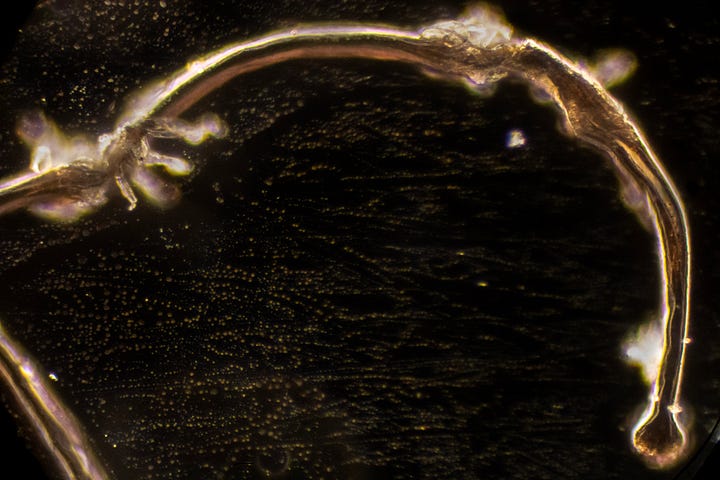
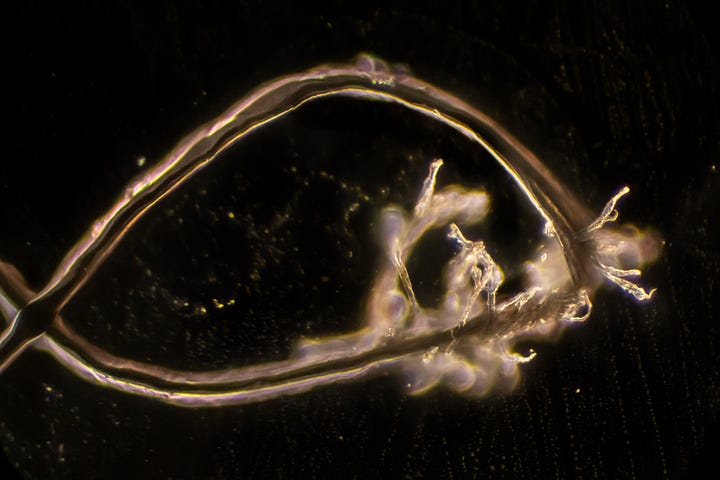
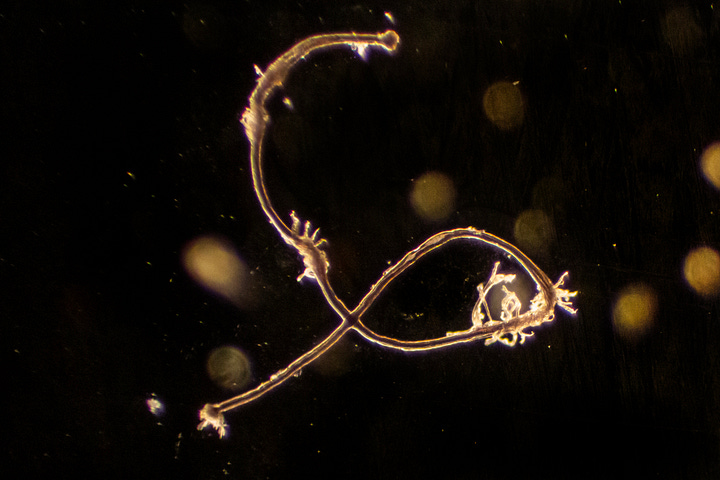
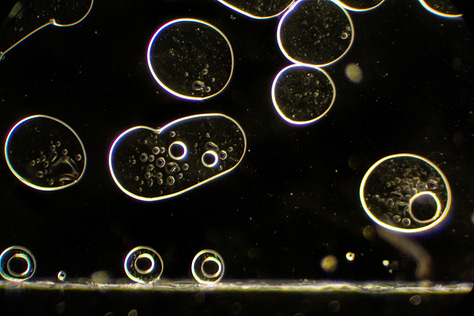
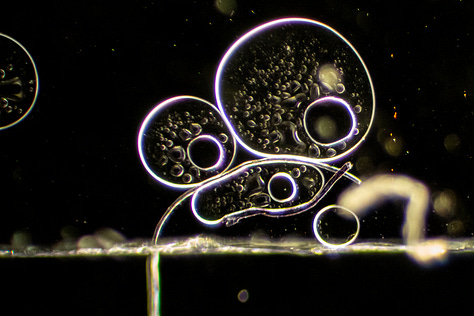

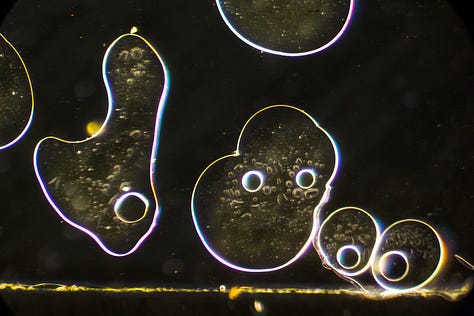
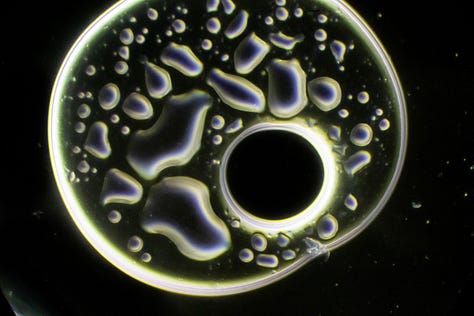



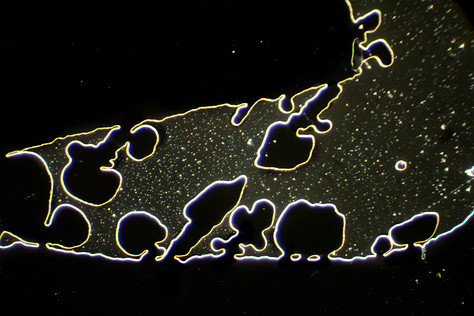



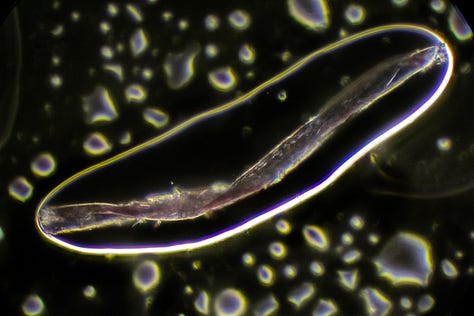
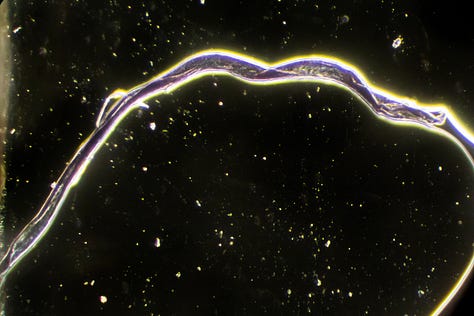

Check out the Moving Nanoparticle/Nanobot moving around this purple NanoFiber, encased in Hydrogel Bubble/Capsule:
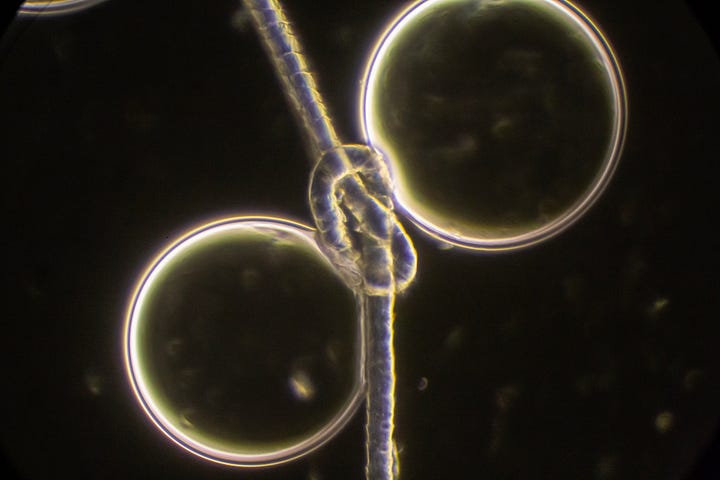






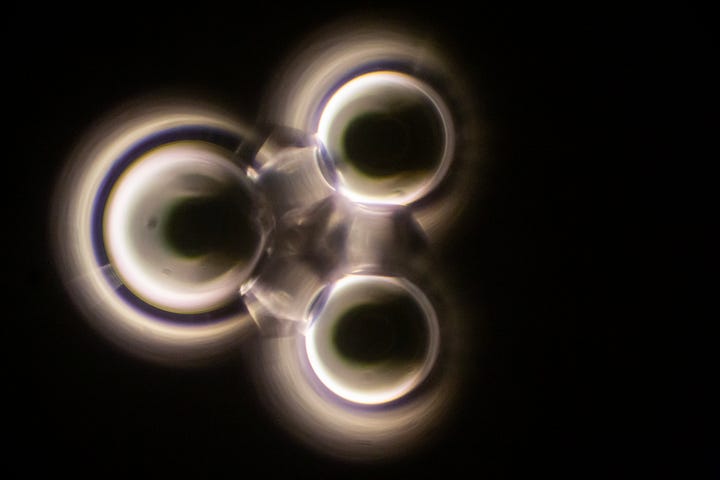
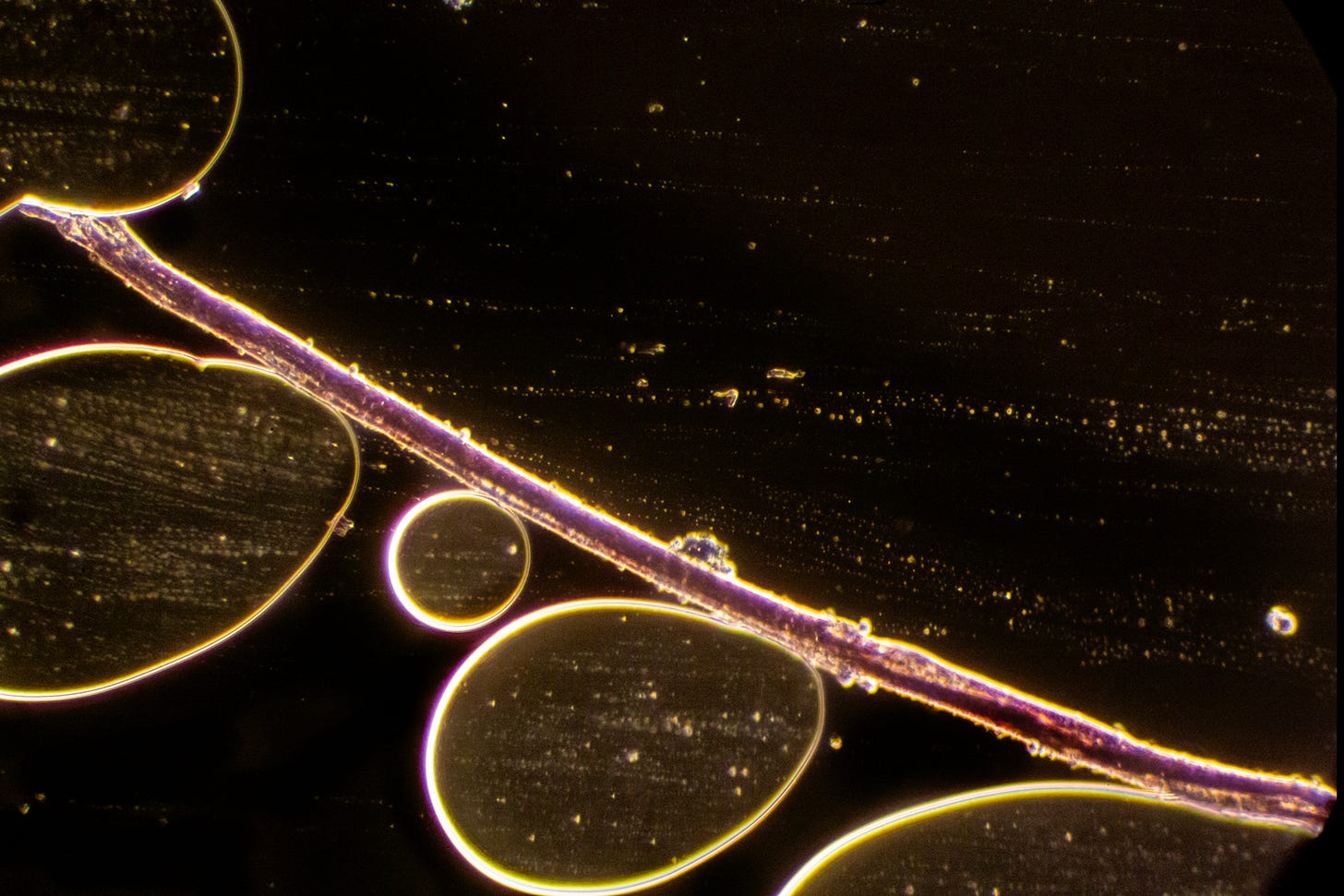
Not sure WTF this is…
And here is a video Montage showing transparent Nanofibers/Nanofilaments, Nanocapsules, Polymer Nanocrystal ‘Chunks’, some miscellaneous colored objects, Hydrogel movement, and very odd Ferning/Branching Patterns forming (in real time):
Here is what the Hydrogel Bubbles formed into after a few hours sitting on the slide. I anticipated a formation of a “SMART City”. However, the next morning, they were all gone.
So, what are the Ingredients besides Oxygen? You can see the Ingredients on the back of the bottle in the photo, but this is what my bottle says:
Damn if that Reverse Osmosis Process includes RE-ADDING Minerals like Calcium, Magnesium and Potassium! THAT is where I think the Nanos are coming from, and the R/O Companies don’t know! I think that is what all the particulates are that always float around and settle onto the Microscope slides.
SO- the obvious question is: Does the Oxygenated (Negatively Ionized) Nanobubbles aid the Nanostructures in forming? Because it certainly does not look like it destroys them!
ANOTHER BRAND: Nano Water from Australia
in a plastic bottle (Does that mean you will ingest Nanoplastics from drinking it??)
to be tested by our colleagues Down Under….
https://nano-water.com.au/
Again1 You too can be more a youthful, athletic, smiley, elite superstar by drinking Nano Water our of a plastic bottle!
Meanwhile, the Science World acknowledges that Nanoparticles have contaminated the Water Supply, and there are challenges to filtering it out:
Nanoparticles can enter ecosystems through various sources, including wastewater effluents, industrial activities, and natural processes such as atmospheric deposition (Ahmed et al., 2021; Chen et al., 2021a; Bognár et al., 2022; Saini, 2023). In aquatic ecosystems, NPs are primarily derived from industrial processes, such as manufacturing and wastewater treatment, as well as from consumer products like cosmetics and sunscreens (Malakar and Snow, 2020; Bhardwaj et al., 2022; Nnaji et al., 2023). In terrestrial and aquatic ecosystems, NPs are also sourced from agricultural applications, such as pesticides and fertilizers, as well as from urban runoff and atmospheric deposition, for example, zinc oxide (ZnO), silver (Ag), and gold (Au) NPs (Ilina et al., 2017; Malakar and Snow, 2020; Nabi et al., 2023). In addition, NPs can also enter ecosystems through the disposal of electronic waste and the use of nanotechnology in construction materials (Oliveira et al., 2019)…
Moreover, NPs have been linked to genotoxic and cytotoxic effects, including DNA damage and autophagic cell death, with entry into the body occurring primarily through inhalation, ingestion, or skin contact (Fiordaliso et al., 2022; Roy et al., 2023).
https://www.sciencedirect.com/science/article/abs/pii/S0048969724050903
…..OOPS!
Note the term “atmospheric deposition” – sure, they mean the Water Cycle; air, wind, etc. But this also means Chemtrails and Geoengineering, yeah?
It has been estimated that on average a person ingests over 5800 micro/nano-particles of synthetic debris each year, and the largest contribution of over 88% is via drinking water (Kosuth et al., 2018).
…OOPS!
Of course, the revelation/information dissemination of “Nano Plastics” in our bodies from only happened a couple years ago. We were told they were from Plastic Drinking Bottles and other plastic ‘pollution’, but we believe this is just a Cover Story for Nanotech and Synthetic Biology that has been intentionally infested our ecosystems.
There are supposedly Primary “Micro/Nano Plastics” (the synthetic polymers used as ingredients in industry) and “Secondary Micro/Nano Plastics” (broken down plastic bottles, etc. ) that have started to biodegrade in the environment.
https://www.sciencedirect.com/science/article/pii/S0147651323011806
Dr. Ana Mihalcea has made several posts about Microplastics being a cover story for Nano and micro-sized polymers in our environment and bodies:
Lots of other research on Microplastics available from Journals:
https://www.sciencedirect.com/science/article/abs/pii/S0304389421023724
https://www.wur.nl/en/research-results/dossiers/file/microplastics-and-nanoplastics.htm
LOOK FAMILIAR???
https://www.researchgate.net/figure/Microplastic-forms-under-the-stereo-microscope-observation-with-10-4-magnification-a_fig5_351036349
There is Research being done on what can naturally degrade these polymer plastics as part of environmental clean up, such as Bacteria, Enzymes, Algae and Fungus (I’m not talking about the synthetic organisms used by Craig Venter that went rogue in the ocean!) Nothing yet is a cure-all worth reporting on, however, but perhaps there is hope!
https://www.sciencedirect.com/science/article/pii/S0147651323011806
This article discusses how roots can translocated Micro (Nano) Plastics via water uptake to above ground plant tissue and interfere with a plants metabolic processes–
HENCE WHY WE ARE SEEING MOVING NANO PARTICLES IN FRESH GARDEN PRODUCE.
Moving Nanoparticles in a fresh orange.



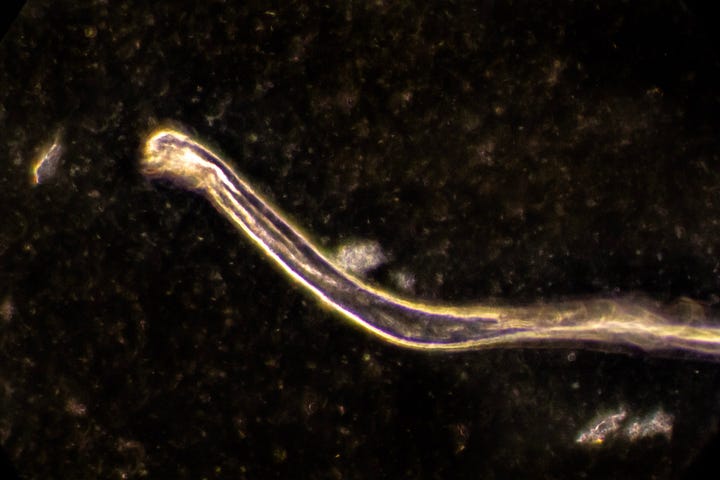
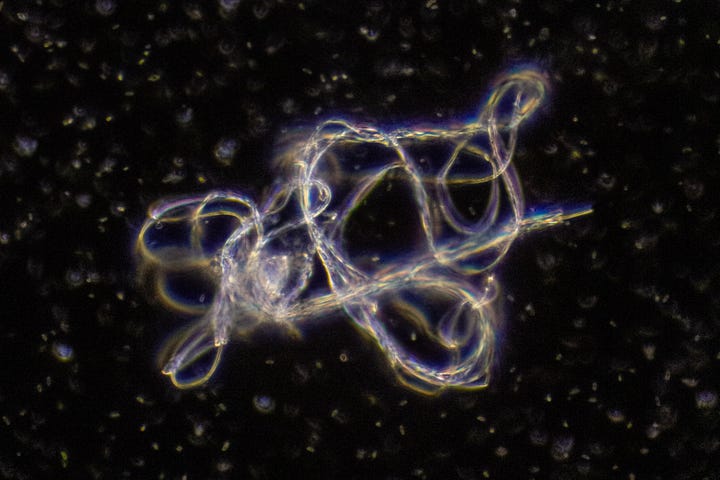
WATER, WATER EVERYWHERE,
AND NOT A DROP TO DRINK!
In previous Posts I have shown photos and videos of different kinds of Waters that I have tested under the Microscope, and have yet to find any that are entirely Nano or Microplastic-free) Even though Water Filter companies may have test analysis of Microplastic levels, I sincerely doubt that they are checking for moving Nanoparticles or Nanobots that self-assemble later.
I even looked at Ocean Water from 8 feet deep and 30 miles off shore, near Puerto Rico, and Yep, I found a few “Microplastics”/ Nano Structures in there!

















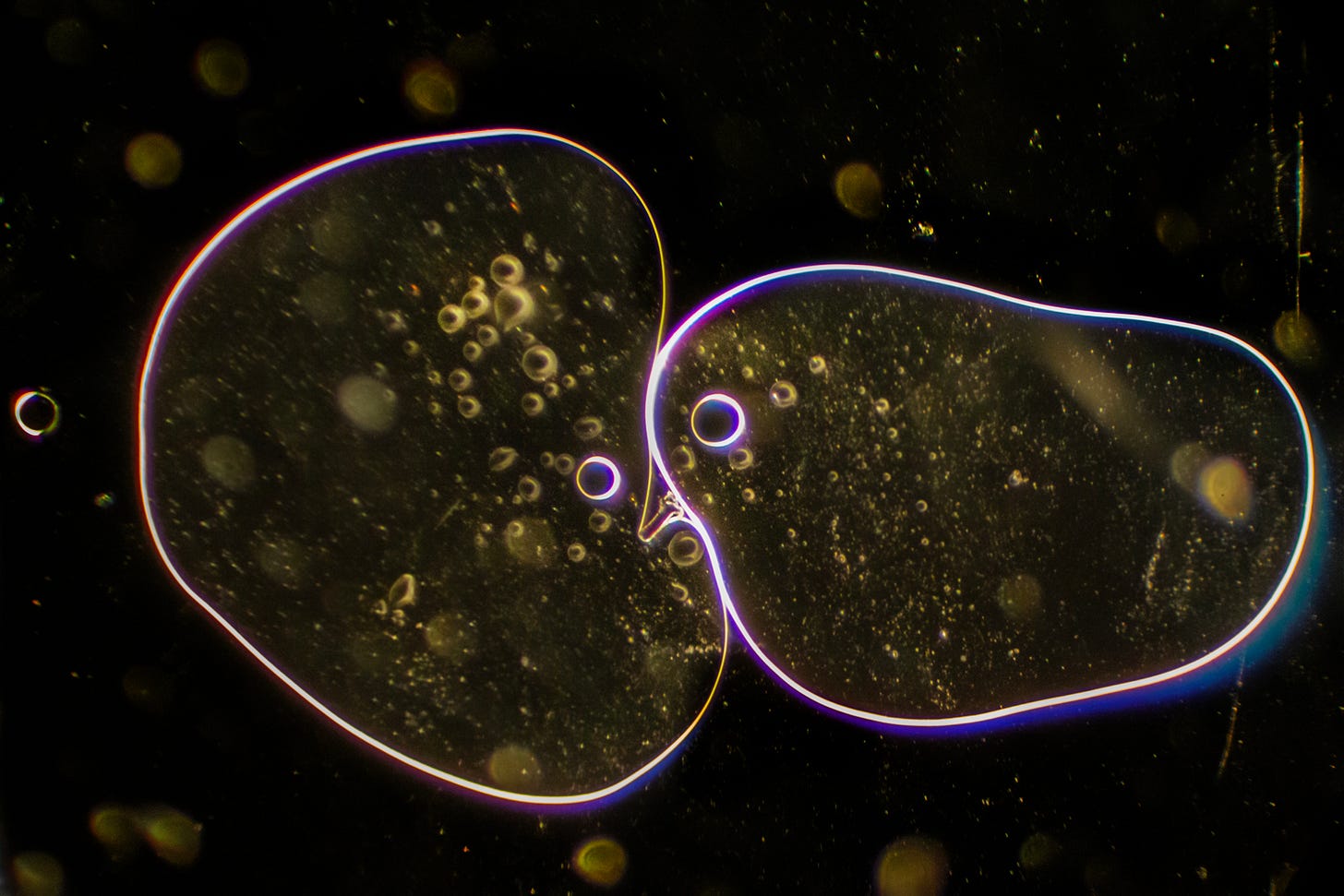

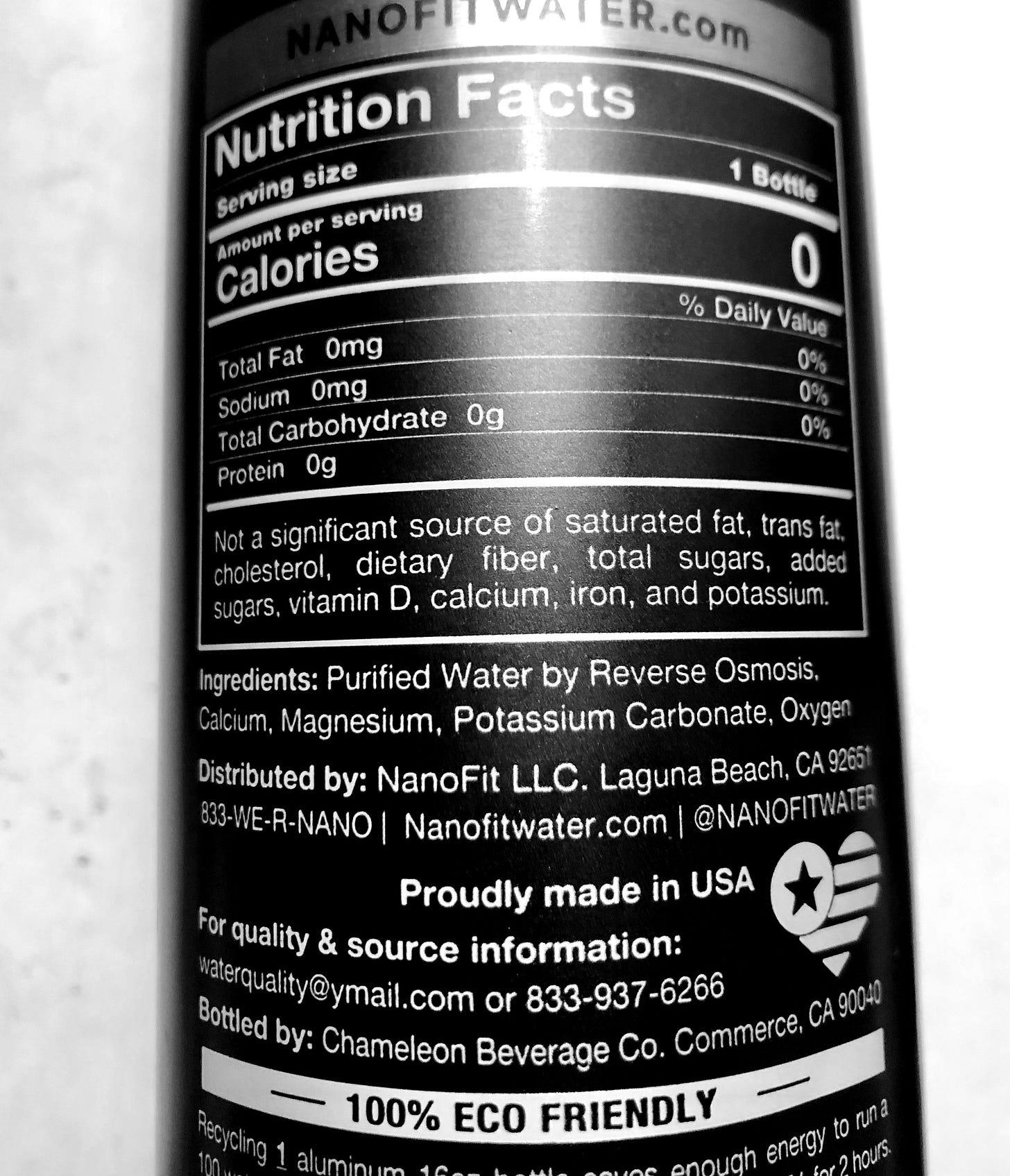
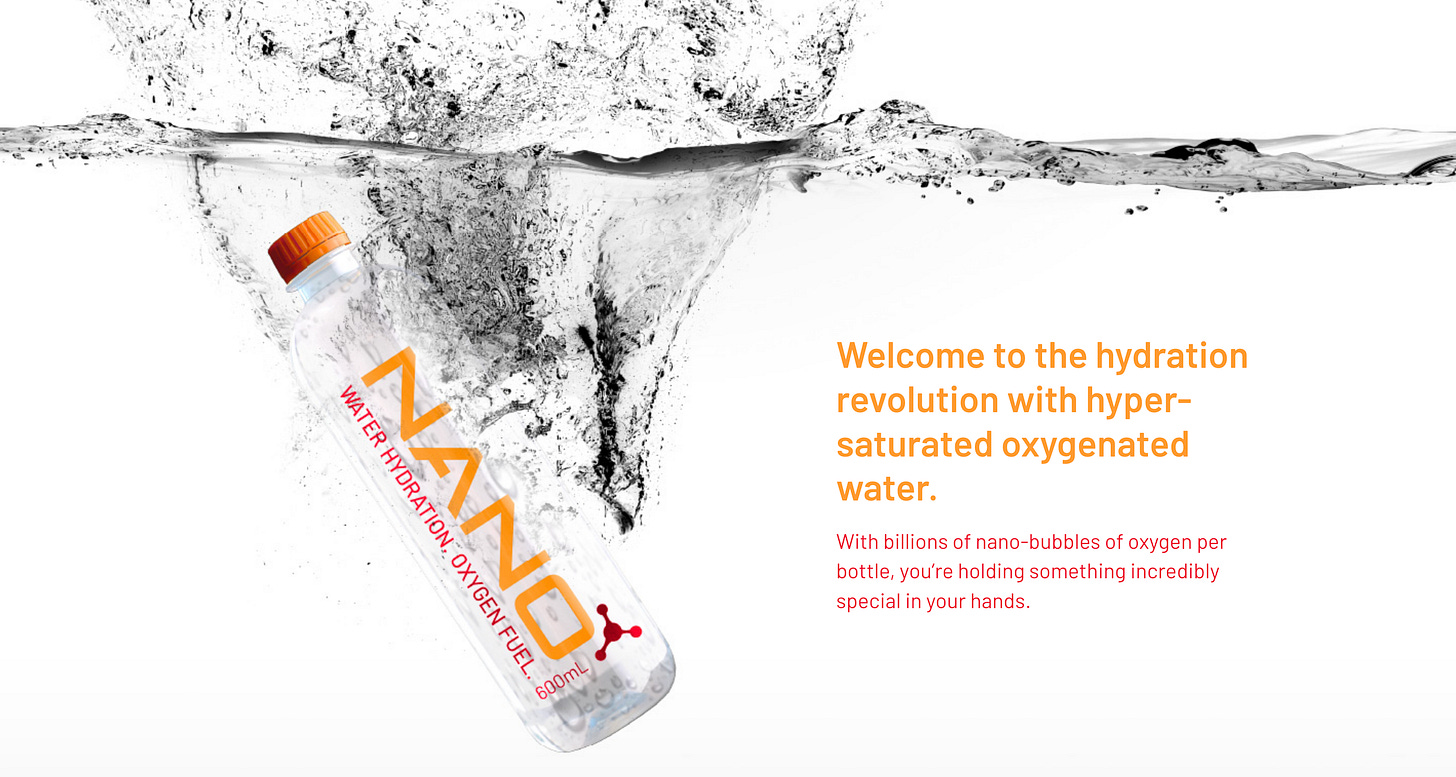






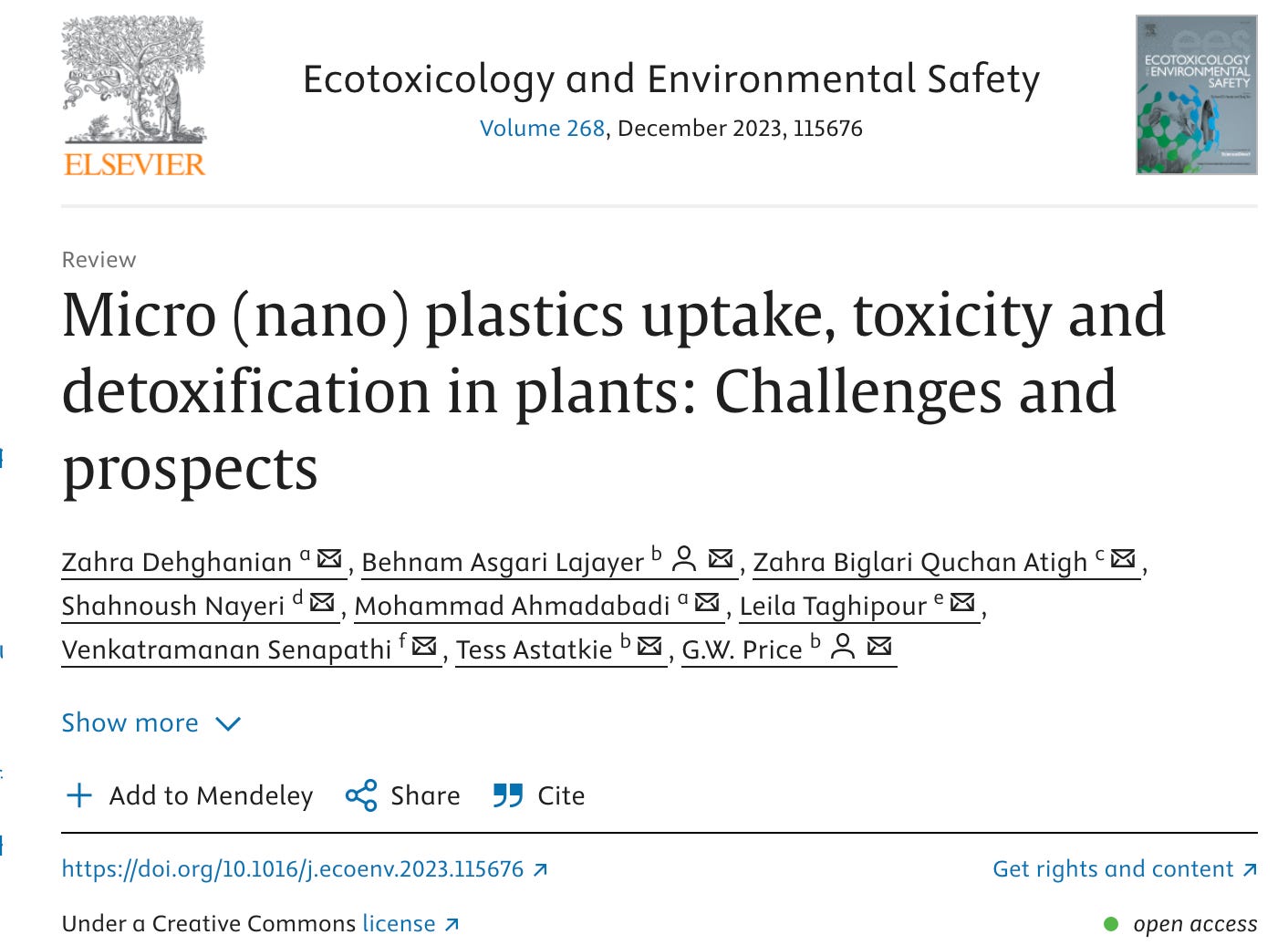








nice work maam.
the polymers are everywhere in the air. i believe the HG is in the air as well via aerosolized HG. it forms on dry clean slides with only a slide cover . the gel will sweat and absorb atmospheric moisture and then swells and spread .on a dry slide!!
i see the gel making the brain patterns as it spreads in human fluids as well. the graphene chunks and flakes are also in the air. All this air contamination gets into everything. i will do a small water post
. People will stop drinking water if i show more into whats in the water. II'm sure you've seen the nano to microbubbles forming in dental anesthetics. The kenetic microbes((swimming dots)are common. Such as orange juice. Wheat has these as do all vegetables and anything living. These are what bechamp called microzymas. He found them in paper and ancient papyrus paper from Egypt.
i will be posting microzymas this weekend. its very tough for me to put nice articles like this together as i am a single father 4 days a week with a toddler. i will put more effort into the articles if i can get more subscribers. i just started posting and have 50 subscribers. i have microscopy i haven't seen elsewhere. thanks for you perspectives. nice post
Im happy im not the only one thinking the microplastics they talk about is really the nanotech